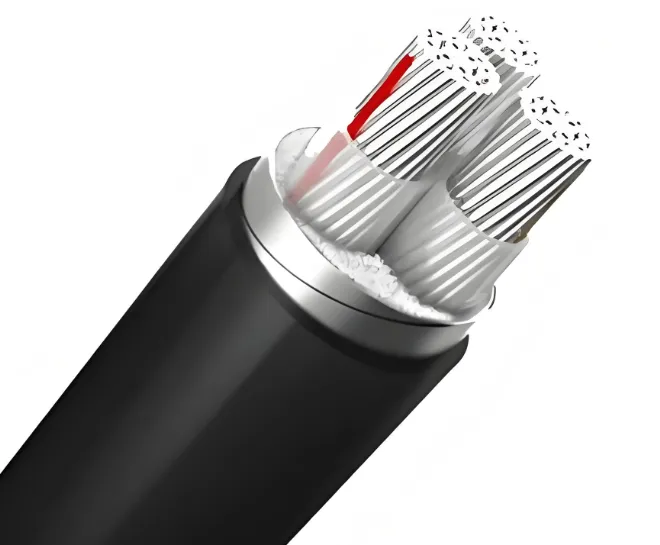
Introduction
With the increasing demand for fire safety in electric wires and cables, flame retardant standards play a critical role in preventing fire hazards and the spread of flames. This paper compares the domestic and international flame retardant standard systems, focusing on GB/T 19666-2019 and GB 31247-2014, and analyzes the key technical indicators, sample burning methods, and combustion test parameters.
1. Current Standards for Flame Retardant Cables
1.1 International Standards (IEC 60332 Series)
- IEC 60332-1-1:2015, IEC 60332-1-2:2004, and IEC 60332-1-3:2004 focus on the flame spread height based on non-metal content in cables.
- China adopts these standards through GB/T 18380-2022, which aligns with IEC 60332.
1.2 Chinese National Standards
- GB/T 19666-2019: General rules for flame-retardant and fire-resistant electric wires and optical cables.
- GB 31247-2014: Classification for burning behavior of electric and optical cables.
2. Key Technical Indicators Comparison
2.1 Assessment Items
| Standard | Assessment Items |
|---|
| GB/T 19666-2019 | Carbonization height ≤ 2.5 m |
| GB 31247-2014 | Heat release, smoke generation, flame spread, and burning growth rate |
2.2 Sample Burning Quantity
| Flame Retardant Level | Non-Metal Volume Fraction | Minimum Number of Samples |
|---|
| AF/R Class | 7.0 | 4 |
| A Class | 7.0 | 2 |
| B Class | 3.5 | 2 |
| C Class | 1.5 | 2 |
| D Class | 0.5 | 2 |
2.3 Binding Method for Sample Bundles
| Standard | Binding Method |
|---|
| GB/T 19666-2019 | Based on conductor cross-section area and cable diameter |
| GB 31247-2014 | Determined solely by cable diameter |
2.4 Combustion Test Time
| Standard | Combustion Time |
|---|
| GB/T 19666-2019 | 40 min for AF/R, A, B Classes; 20 min for C and D Classes |
| GB 31247-2014 | 20 min for all levels |
3. Challenges in Standard Implementation
3.1 Airflow Control During Combustion
- Air intake flow rate and airflow direction significantly impact test accuracy.
- Maintaining 8000 L/min airflow stability is essential for consistent results.
3.2 Burner Position and Stability
- Positioning the burner at a 75 mm distance from the sample affects heat release rate.
- Clogged nozzles due to residue buildup can lead to inaccurate readings.
3.3 Environmental Temperature Control
- Standard requires 5°C to 40°C ambient temperature with 16 hours of pre-treatment at (20±10)°C.
4. Conclusion and Recommendations
- GB/T 19666-2019 focuses on preventing flame spread, while GB 31247-2014 emphasizes heat release and smoke production.
- For high-rise buildings and subways, GB 31247-2014 provides better fire safety protection.
- Cable manufacturers should customize cable structure and materials to meet different flame retardant standards.
5. Keywords
- Flame Retardant Cable Standards
- Fire Performance of Electric Cables
- Heat Release and Smoke Control
- IEC 60332 and GB Standards
6. References
- Zhao Di (2024). Comparison on Flame Retardant Standards of Electric Wires and Cables. Wire & Cable, No.6, 2024. DOI: 10.16105/j.dxdl.1672-6901.202406009
- GB/T 19666-2019 - General Rules for Flame Retardant Cables
- GB 31247-2014 - Classification for Burning Behavior of Cables

Comments
Post a Comment